
Mod Week Focuses on Landscape Design
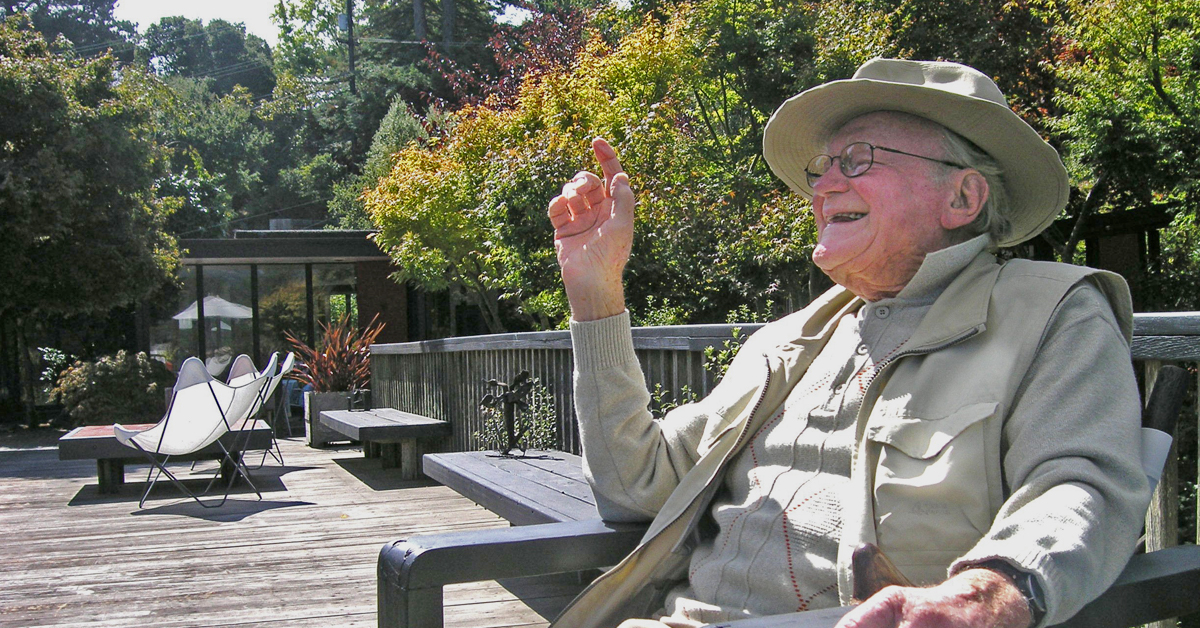 |
If he’d listened to one well-meaning teacher, Bob Royston would have become a dancer, possessed as he was with what author and colleague JC Miller calls “physical grace and verbal fluency.”
But then the Bay Area – and beyond – would be lacking some of its most quietly enchanting spots – Mitchell Park in Palo Alto, Central Park in Santa Clara, the lovely layout of developer Joe Eichler’s Lucas Valley tract in Marin. Over his career Royston also designed many private gardens, including for many Eichler homeowners.
Robert Royston (1918-2008) will be the topic of a talk and a tour led by JC Miller, a Bay Area landscape architect who was a colleague of Bob’s.
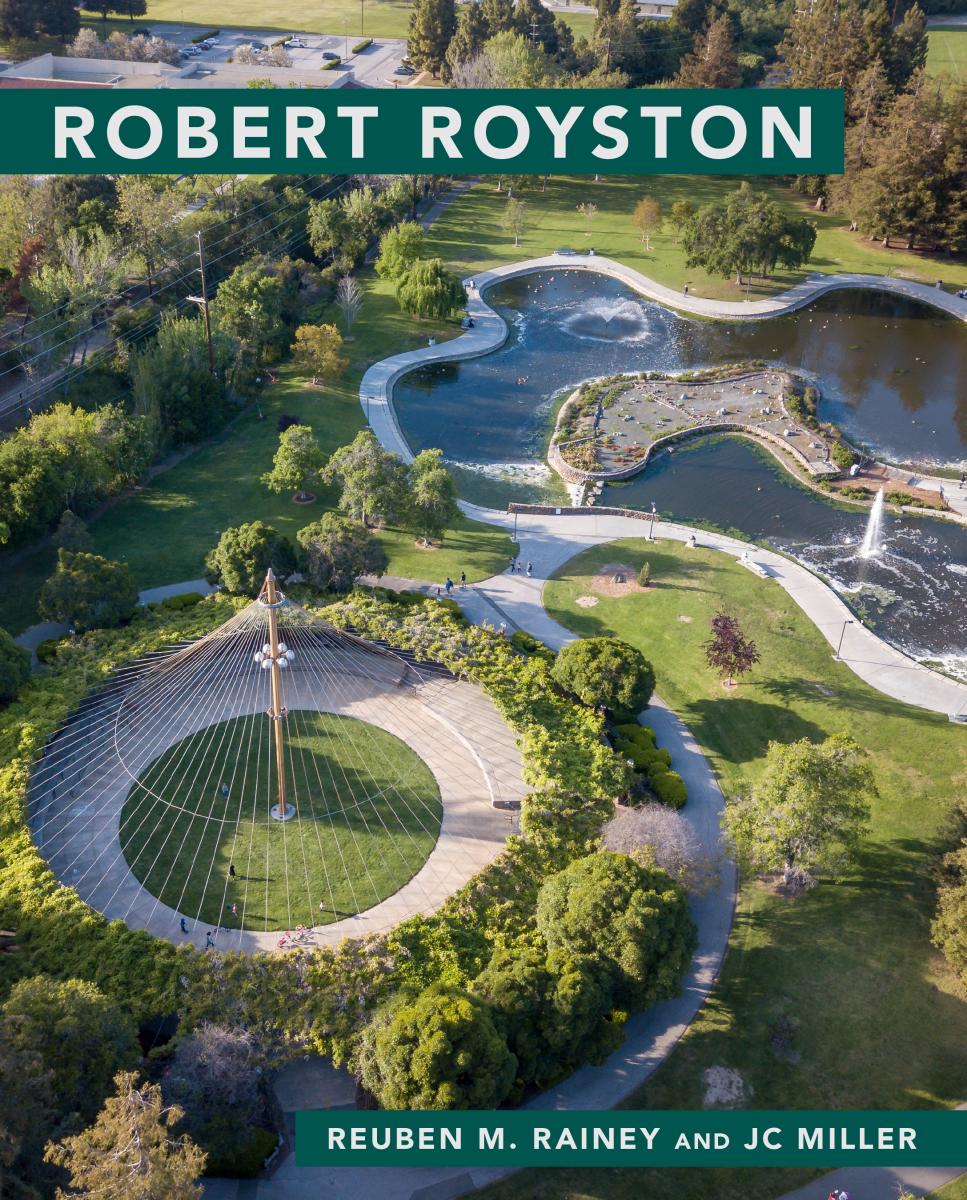 |
'Robert Royston in Palm Springs: A Book Signing and Tour of the Circle and Becket House Gardens,' two separate events, takes place on February 16. The book, simply titled ‘Robert Royston,’ which gives an overview of Royston’s career in the context of the rise of modernist landscape design, then focuses on some major projects, is published by the Library of American Landscape History.
Miller, the landscape architect who is a principal of Vallier Design Associates, co-authored the book with Reuben M. Rainey, a longtime colleague, an emeritus professor of landscape architecture at the University of Virginia.
The talk will focus on Royston’s residential designs, but also cover his entire career, says Miller, who has spoken at Palm Springs' 'Modernism Week' before and has enjoyed seeing the event expand.
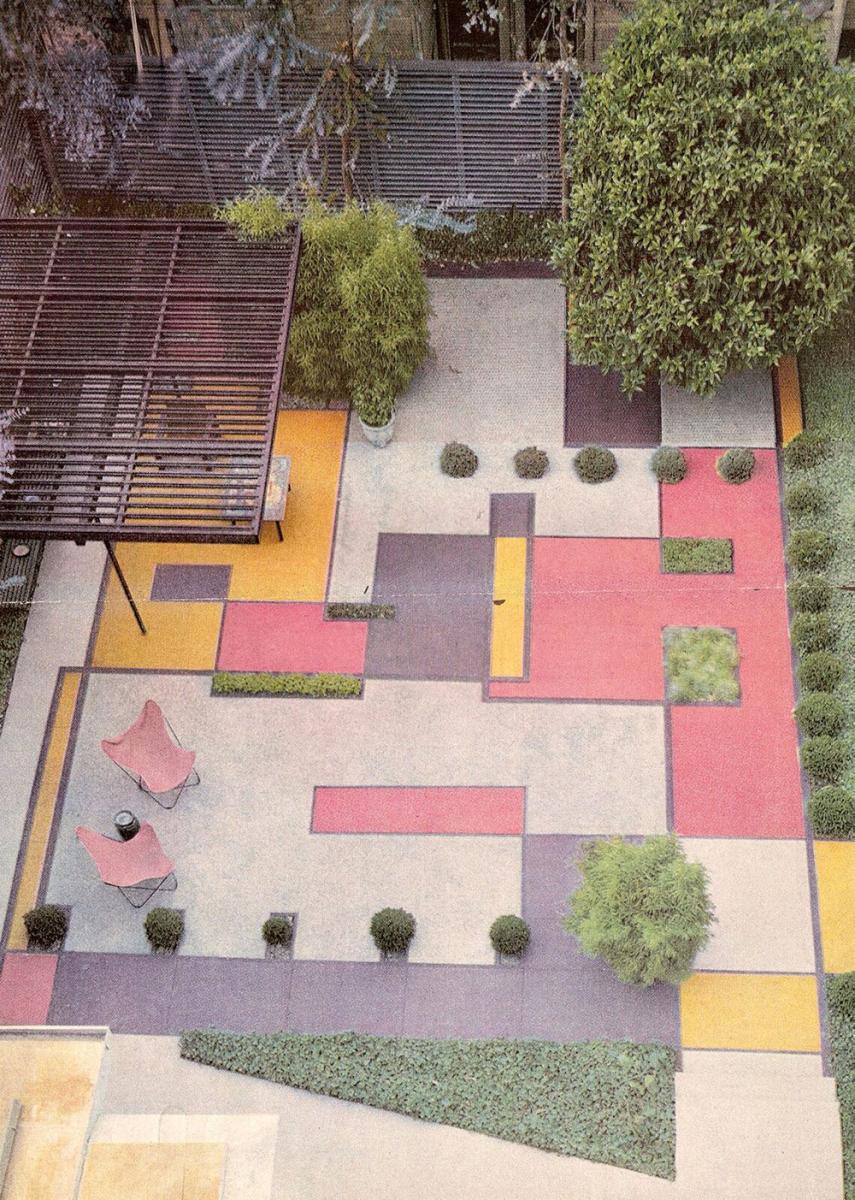 |
“They have always made a serious attempt to include landscape architecture, acknowledging there was modernism going on outside the houses," Miller says.
The well-illustrated book is the first major survey of Royston’s work. The authors had earlier written a smaller book just on his parks. The new book focuses on a wide range of Royston’s designs, from residential to such large projects as the Stanford Linear Accelerator.
It also focuses on “the covered [water district] reservoirs in the East Bay, which were weird and wonderful,” Miller says. “One reason they were covered was because of fear of nuclear fallout contaminating the water.”
The book does not focus on any work for Eichler houses, Miller says, because “a lot of the actual Eichler gardens are gone, except that one in Terra Linda.” The Terra Linda garden is one that Miller himself recreated for the owners, who had Royston’s original plans for a garden that had long ago disappeared.
“A lot of that [Eichler] work, it was sort of ephemeral,” Miller says. “And many never got built completely, or they got renovated away a long time ago.”
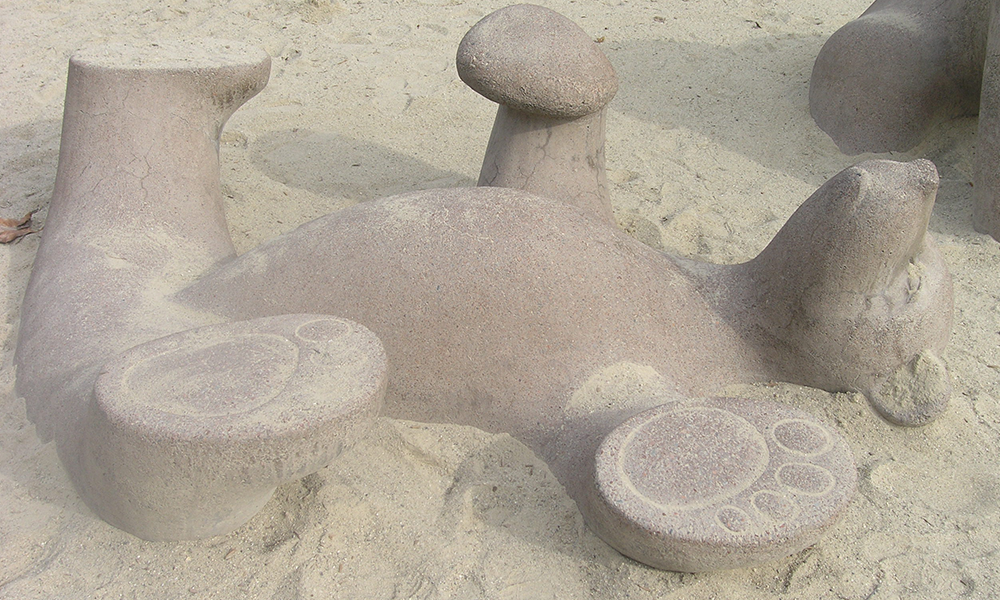 |
While Royston, who was based in the Bay Area and lived in Mill Valley, did work throughout the United States and beyond, he is not known for work in the desert. Yet his very last design, from 2007 – that’s 22 years after he officially retired – is in the desert.
It was JC Miller, then working for Royston’s firm RHAA, who answered the phone when the owner of two adjacent mid-century modern homes called to see if the grand old man of modern landscape architecture would do the design.
Royston was approaching 90 and had retired years before, but still came to the office and worked on projects. Yes, he was interested.
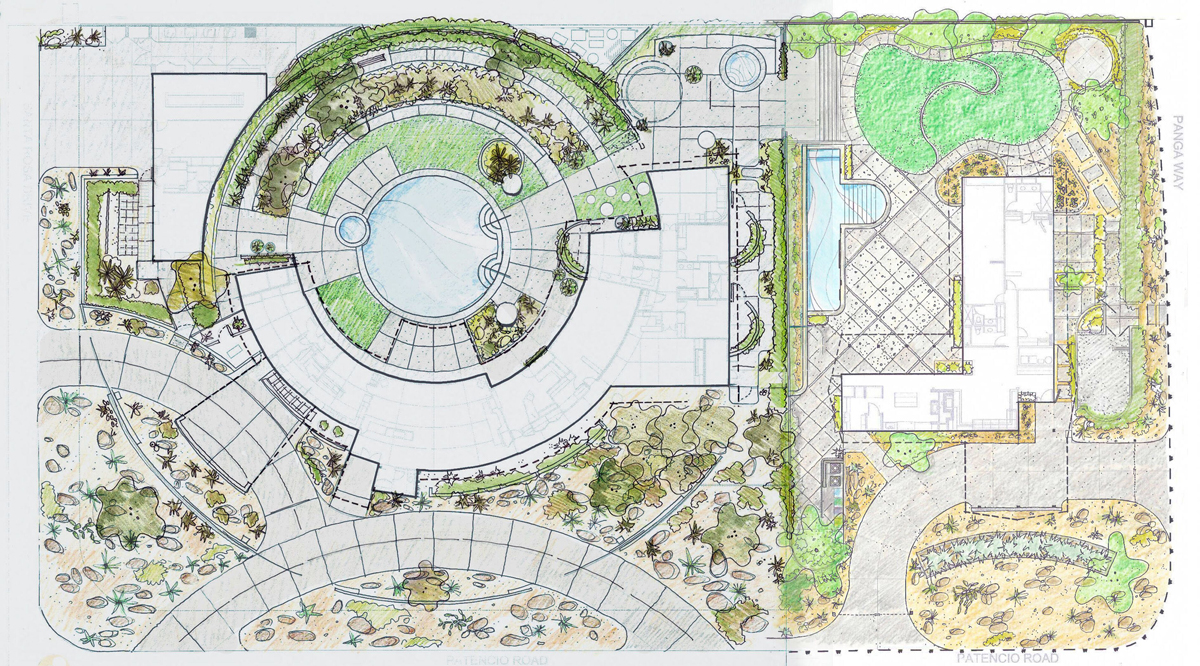 |
Royston was among the inventors of modern landscape design, with a focus on gardens that were both works of art yet functional, both in their homes and in public spaces. He is less famous than some of his former colleagues, such as Garrett Eckbo, because Royston did not write books.
But you can read Royston’s thoughts by enjoying his landscapes. The authors write that he “designed over a hundred and fifty urban parks and plazas in the Bay Area alone -- landscapes that reflected his vision of a humane and vibrant civic realm.”
“Like his modernist peers,” Rainey and Miller write, “he regarded space as the primary medium of his profession and respected the intrinsic qualities of materials. His use of plants emphasized their role in defining space and contributing to the multisensual dimension of spatial experience, especially color, texture, and scent.”
“Royston took a practical approach to design but also declared his parks ‘a new art form,’" the authors write.
He also took a broad view of landscape architecture in society, designing large campuses and developing the idea of a “ ‘landscape matrix,’ an interconnected system of various types of open spaces -- that he would develop over the course of his long career,” the authors write.
“His main goal," Miller and Rainey added, “was to create ‘spaces that move far beyond the practical into the delightful.’”
- ‹ previous
- 412 of 677
- next ›



